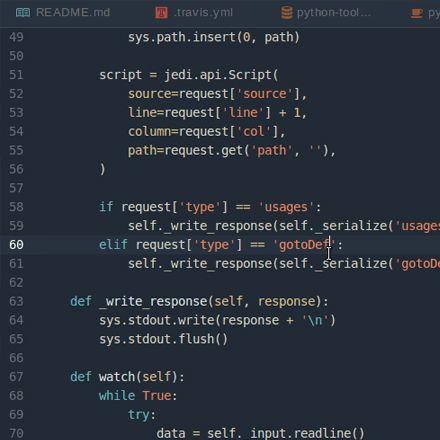Why Microservices Are the Key to Cost-Effective, Streamlined Development
Over the past few years, microservice architecture has become a growing trend in the software development space, offering an attractive alternative to monolithic architecture.
Written by Scott Craig|Posted on August 22, 2023

Microservice architecture arose from the need for a more versatile and manageable software that could be easily modified and adapted at a moment’s notice. In recent years, it has all but taken over the increasingly user-centered digital world.
What is Microservice Architecture?
Simply put, microservices is a method of developing cloud-based software by splitting it into a suite of multiple smaller parts or modules. Each module may use a unique database or share a database with other modules. Since modules are developed separately, they can be written in different programming languages and then communicated through APIs to form a highly scalable and adaptable solution.
While neither monolithic nor microservice architecture is inherently preferable, opting for microservices can be highly advantageous for large and complex projects. For example, building applications for industries such as ecommerce, gaming, esports, finance and social media requires software that can cope with overwhelming numbers of concurrent users and requests. Microservices can offer a quicker, smoother and more affordable route to market for applications for these industries.
The Benefits of Microservices
Building a platform using microservices can have a major positive impact on the cost, time of development and manageability of the platform. For large-scale complex projects, and smaller projects that are aiming to scale up in the future, microservices can streamline the development process in numerous ways and give your digital business room to grow.
Below, we outline some of the key benefits of designing your platform with microservices
Better scalability
The modular fashion in which microservices are built enables platforms to grow and develop with ease, reducing the costs and hassle of having to rework platforms in order to handle a surge in traffic. Also, by using multiple separate servers or serverless infrastructure, microservices can handle a huge number of simultaneous requests, dwarfing the capacity of the older generation of platforms built on monolithic architecture.
Almost always cheaper to run
Microservice architecture is becoming the architecture of choice in industries such as gaming and fintech that often have to cope with huge numbers of requests per second. This is partly because, aside from scalability, a platform built on microservices tends to be much cheaper to run than its monolithic equivalent, with owners only paying in the event of a request due to function as a service (serverless services).
Easy to grow, develop and expand
With every aspect of the platform separated and compartmentalized, software engineers are much better able to add in new features and amend existing ones, without running the risk of interfering with existing code in other areas of the platform. This makes microservices a great option for start-ups who plan to expand and develop their platform in tandem with their online business.
Easy to build, deploy and maintain
Thanks to its modular structure, microservice architecture enables an efficient development process. Engineers can work on multiple facets of the same platform simultaneously and avoid the risk of “coupling,” or writing code that conflicts with other parts of the software. Equally, developers can make use of existing, well-written functionalities from their own previous work, or from third parties, to expedite the development process for large-scale projects. Meanwhile, the ability to zero-in on a single part of the platform makes it much easier for software developers to manage and maintain the platform after it has been built.
Improved versatility and performance
When using microservice architecture, software engineers can pick the ideal programming language for each function of a platform, rather than having to select a single programming language that may be perfect for one function, but inadequate for another. This can lead to improved performance and an effectively future-proofed product.
How to Set Yourself Up for Success With Microservices
To tap into the full benefits of microservice architecture, it’s important to work with a highly experienced development team who has a deep understanding of microservice programming. An experienced and knowledgeable architect, DevOps team and back-end engineers are key to achieving the best results in microservices. So it’s worth ensuring that they have the following expertise:
- Familiarity with your chosen cloud provider and the associated costs
- Deep knowledge of the programming language(s) selected for the project (JavaScript, Python and Go are recommended choices)
- The ability to select the right databases for your needs
- Experience executing microservices projects as well as an understanding of established programming patterns and best practices to minimize risks and guarantee success
AccelOne specializes in building mid-to-large microservices software platforms for companies within the fintech, healthcare, insurance, gaming and entertainment industries. To schedule a consultation with one of our experts, contact us online or call 1.800.863.6814.

Scott Craig
CEO
Co-Founder
Kirkland, WA, USA
View profile